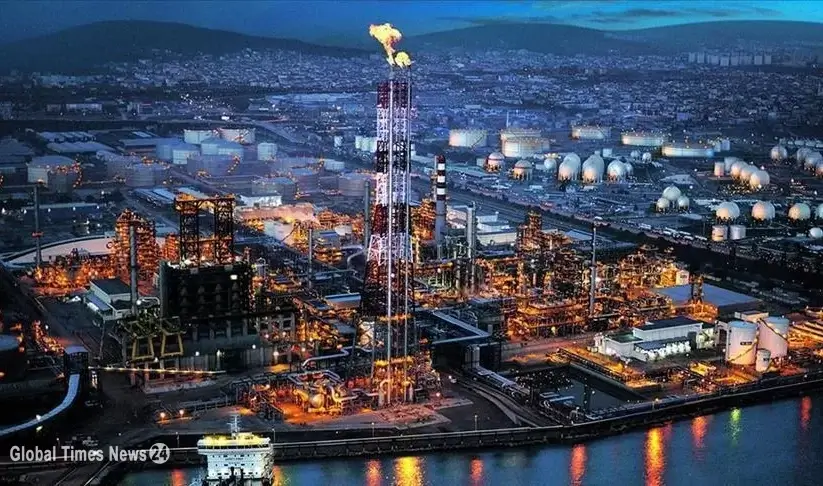Global oil supply hits post-pandemic high in July
Surging oil use for power generation and gas-to-oil switching in Europe lifts oil demand growth trajectory for remainder of 2022 and into 2023
Surging oil use for power generation and gas-to-oil switching in Europe lifts oil demand growth trajectory for remainder of 2022 and into 2023
 Extremists use virtual assets to move funds: Treasury Department
Bussiness / Breaking News
Extremists use virtual assets to move funds: Treasury Department
Bussiness / Breaking News
 Wall Street tumbles to a two-month low
Bussiness / Breaking News
Wall Street tumbles to a two-month low
Bussiness / Breaking News
 WTO agrees to extend e-commerce tariff moratorium
Bussiness / Breaking News
WTO agrees to extend e-commerce tariff moratorium
Bussiness / Breaking News
 McDonald's forced to buy all 225 Israeli franchise restaurants amid boycotts
World / Bussiness / Breaking News
McDonald's forced to buy all 225 Israeli franchise restaurants amid boycotts
World / Bussiness / Breaking News
 Bizzarri, the former CEO of Gucci, launches investment company
World / Bussiness / Breaking News
Bizzarri, the former CEO of Gucci, launches investment company
World / Bussiness / Breaking News
 OPEC revises down oil demand forecast for 2022
Bussiness / Breaking News
OPEC revises down oil demand forecast for 2022
Bussiness / Breaking News
 Saudi Arabia's role in the Biden administration is that of a cow, but there is nothing left for milking now
Bussiness / Opinion
Saudi Arabia's role in the Biden administration is that of a cow, but there is nothing left for milking now
Bussiness / Opinion
 Despite Biden's vows, Yemen starves
Human Rights
Despite Biden's vows, Yemen starves
Human Rights
 Increase in the cost of Hajj up to 300% in 2022
World / Top News / Breaking News
Increase in the cost of Hajj up to 300% in 2022
World / Top News / Breaking News
 Americans acknowledge Biden's failure to solve the fuel crisis during his trip to Saudi Arabia
World / Opinion / Breaking News
Americans acknowledge Biden's failure to solve the fuel crisis during his trip to Saudi Arabia
World / Opinion / Breaking News